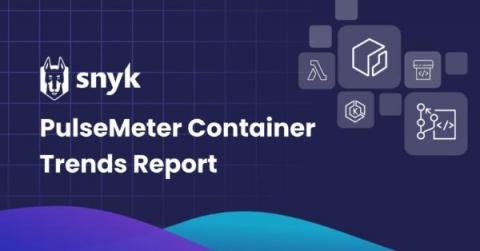Targeted npm dependency confusion attack caught red-handed
In recent years, we’ve witnessed a constant increase in the number of malicious packages showing up in various ecosystems. Generally speaking, the vast majority of these packages are benign, as in, they collect information, but don’t do harm to the infected machine. Once in a while, however, we do encounter a truly malicious package that has a purpose, means, and is production-ready — this is a story about one of them.










